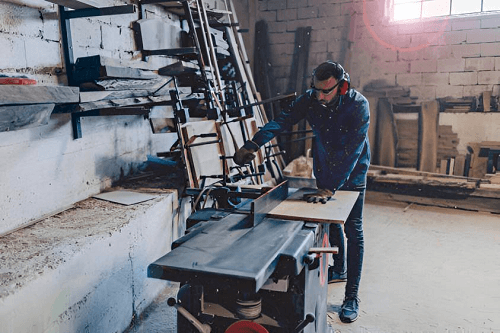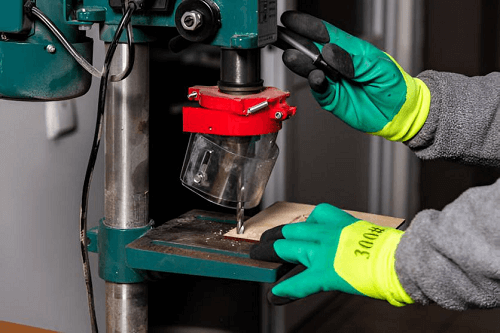Views: 800 Author: Site Editor Publish Time: 2024-07-26 Origin: Site










The application of these in various manufacturing and machining processes are important, being aware of the differences between a milling machine, planer machine, drilling machine, and boring machine.
The Milling Machine is a multipurpose machine that can be used for Rotary cutters to remove material from a workpiece. The principal movement involved in Milling operation is the rotation of milling cutter and feed movement given by the table or Milling head.
Milling machines achieve high output and are capable of a great variety of operations. These include milling of planes for generating flat surfaces, grooving by cutting slots/grooves, and gear cutting for forming gear teeth.
Cutting threads: Threading.
Milling profiles: Processing complicated shapes and surfaces.
Milling machines find extensive application because they are very effective and universal in many workshops on machinery manufacturing and repair.

The planer machine is a linear motion device that uses a single-point cutting tool to remove material from a workpiece by moving the tool or workpiece back and forth. Because a planer has relatively lower productivity, this machine is not used as much as milling machines.
In general, the tool is simpler, but it is appropriate for:
Planning flat surfaces: Creating flat planes.
Groove planning: Forming grooves.
Formed surface machining: Processing surfaces with a predefined contour.
Planers are commonly used for single-piece or small-batch production and repair workshops.
Some specialized types are as follows:
Shaper: Used for smaller flat surfaces and grooves.
Gantry planer: Suitable for large, long, and narrow surfaces.
Single-arm planer: Used for wide workpieces not needing full-width machining.

The principle behind a drilling machine is the rotary motion of the drill bit, which conducts the cutting action while moving along the axial direction on the workpiece. Several operations that drilling machines are capable of performing include:
Holes: This creates a hole clear through the workpiece.
Blind holes: The workpiece is partially drilled.
Countersinking: This creates a conically shaped hole.
Reaming: It is an operation used for the enlargement and finishing of drilled holes.
Tapping: It creates threads inside the hole.
Drilling machines are characterized by their simplicity and lower machining accuracy in comparison with other machine tools.
A Boring Machine increases a hole that has already been drilled and is used to attain high accuracy. In contrast to drilling, the accuracy and surface finish achievable by boring are much better. Boring machines are necessary to perform the following operations:
Enlarging through holes: The diameter of an existing hole is increased.
Stepped holes: A larger diameter section in a hole is machined.
High-accuracy hole finishing: Guaranteeing a high degree of straightness, cylindricity, and positional accuracy.
Boring machines are particularly suited to machining holes in large parts and instead preferred where high rigidity and accuracy is required.
The milling machine, planer machine, drilling machine, and boring machine have special individual functions:
Milling machines are universal and very efficient in varied complex jobs of machining.
Planers are used for linear motion tasks, such as large flat surfaces and grooves, done with relatively simple tooling.
Drilling machines are dedicated to the production and redoing of holes, with simplicity and ease of operation.
Boring machines are generally used for finishing high-precision holes to high tolerances and surface quality.
Grasping the difference allows each machine tool to be applied and optimized in manufacturing and machining operations.